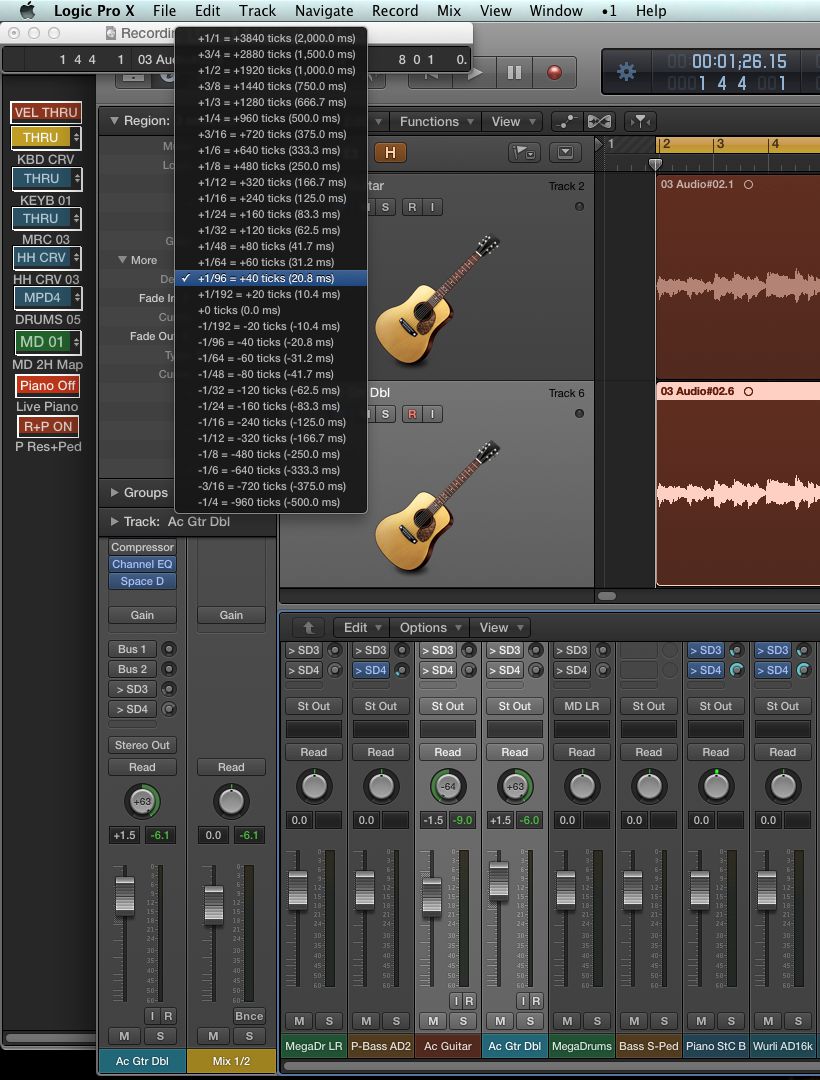

When soundwaves are (partially or totally) out of phase with each other, some frequencies can disappear.

There are other key aspects here as well, such as being aware of potential phase problems and making sure you don’t use up more space than you have to in your mix.

Having certain elements in mono can make other elements seem wider, and making good use of the stereo field can add more punch and presence to the tracks in the middle. The latter is important since the elements panned center are usually really important parts like the bass, kick, snare and lead vocals. One of the key concepts here is contrast. There are some exceptions - like The Red Hot Chili Peppers’ Californication which was mostly mixed in mono - but being an audio engineer today requires the skill of knowing when to make use of either mono or stereo information in a mix. Today the great majority of commercially available music is mixed in stereo. ➥ The new e-book from Cristofer Odqvist is available now


 0 kommentar(er)
0 kommentar(er)
